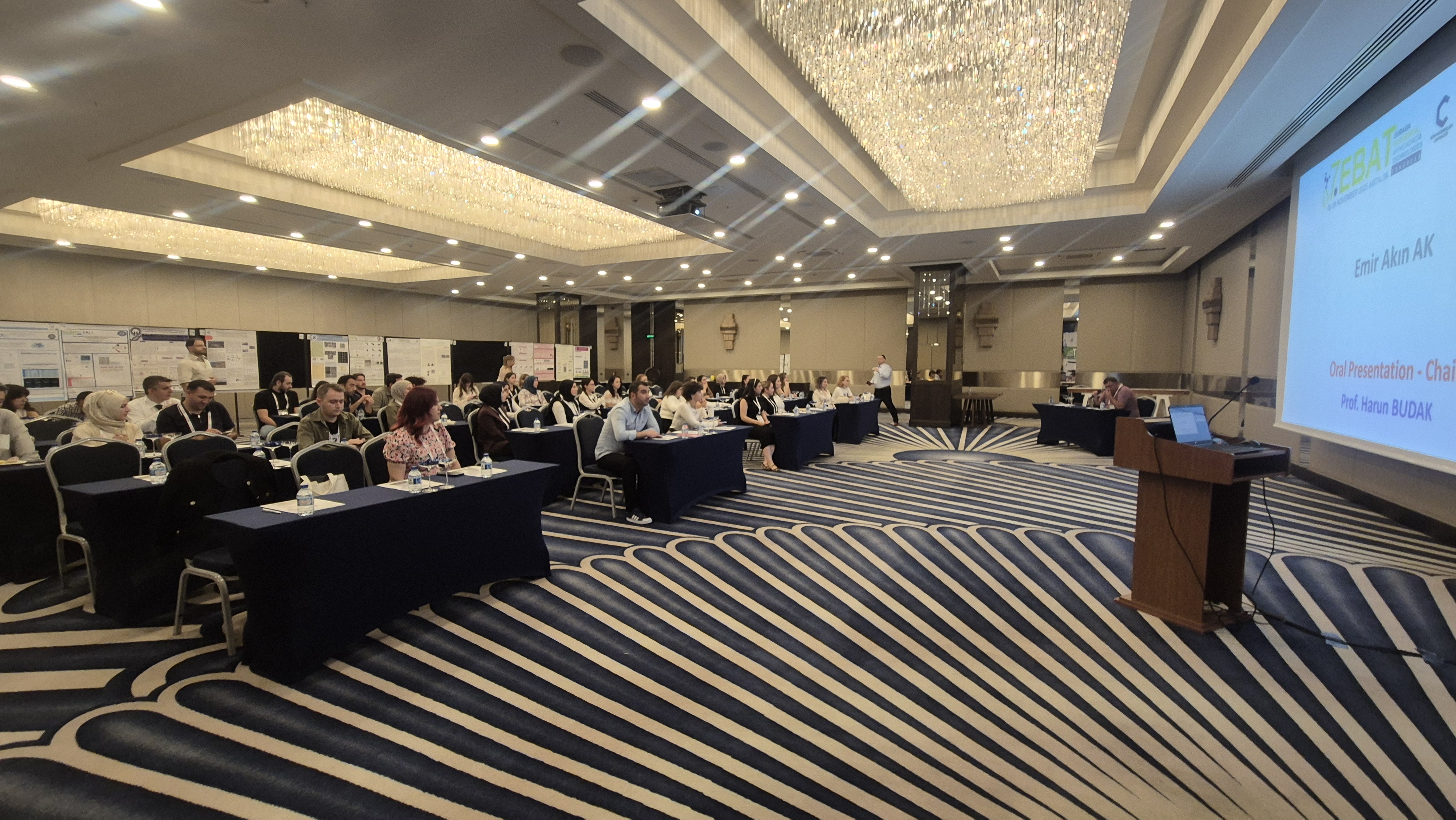
Prof. Konstantinos VLACHONASIOS
Aristotle University
Prof. Vlachonasios has more than 20 years of experience working on plant biology. Research interests include issues related to plant molecular physiology, plant growth and production, climate change and food security. He published numerous papers in peer-reviewed scientific journals and presentations at international scientific meetings and conferences. He has significant experience conducting literature reviews and synthesizing complex information related to plant physiology and development and responses to environmental cues.
https://people.auth.gr/wp-content/uploads/2023/10/2024-05-20-short-CV.pdf
Histone Acetyltransferase GCN5 and the Associated Coactivators ADA2 -
From Evolution of the SAGA Complex to the Biological Roles in Plants
Stylianos Pouliosa, Christina Balouria, Christos Tersenidisa, Aikaterini Kaftatzia, Maria Tsolakidoua, Stefania Poulakia, Konstantinos Vlachonasios a,b*
a Department of Botany, School of Biology, Aristotle University of Thessaloniki, Greece
b Natural Products Research Centre of Excellence (NatPro-AUTh), Center of Interdisciplinary Research and Innovation of Aristotle University of Thessaloniki (CIRI-AUTh), 54124 Thessaloniki, Greece
GCN5 is a well-characterised histone acetyltransferase in plants that functions in coordination with the transcriptional coactivator ADA2b within multiprotein complexes, such as SAGA (Spt-Ada-Gcn5 acetyltransferase), playing a critical role in regulating gene expression. Loss-of-function mutations in GCN5 and ADA2b in Arabidopsis thaliana result in a range of pleiotropic developmental defects, including dwarfism and aberrant root and floral morphogenesis. Phytohormones are central regulators of plant development, orchestrating processes from embryogenesis through to reproductive maturity. Notably, GCN5 and ADA2b have been implicated in regulating multiple hormonal pathways by modulating the expression of genes involved in hormone biosynthesis and signal transduction. Quantitative analyses revealed that the levels of key phytohormones—such as auxin, gibberellins, jasmonic acid, and abscisic acid—were markedly decreased in the inflorescence meristem of gcn5 and ada2b mutants. Transcriptomic profiling further demonstrated downregulation of a broad set of genes associated with both the biosynthetic and signaling components of these hormonal pathways in the mutant lines. Collectively, genetic, hormonal, and transcriptomic data converge to support a model in which the GCN5–ADA2b module functions as a positive regulator of multiple hormone-mediated developmental pathways, particularly during floral development.
This work is supported by the Hellenic Foundation for Research and Innovation (H.F.R.I.) Grant number 3026 to KV.


